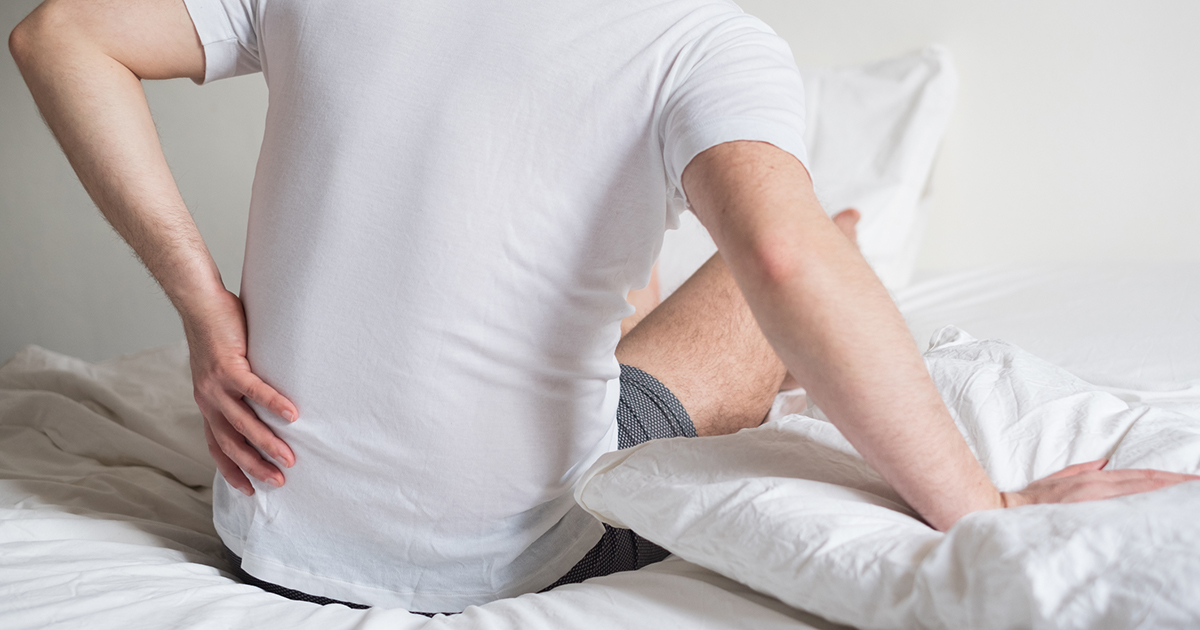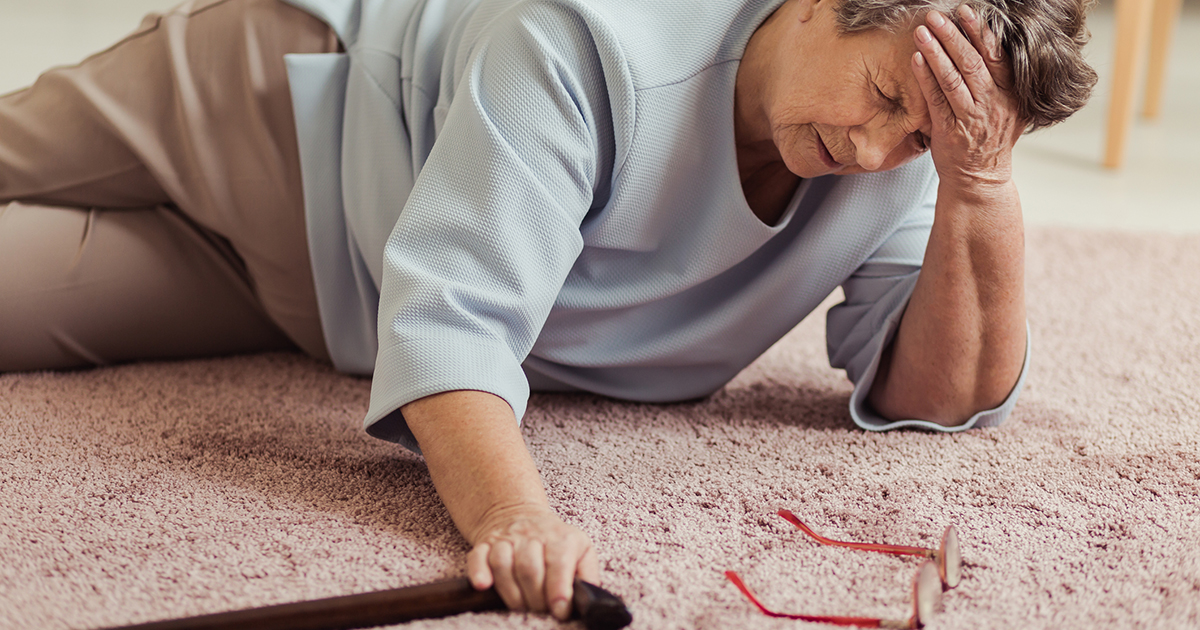Causes And Symptoms Of Snapping Hip Syndrome
Muscle Or Tendon Movement Over Bony Part Of Hip

Muscle or tendon movement over the bony part of the hip is the cause of the snapping sensation patients experience with this condition. This kind of movement occurs with any motion that involves flexion or extension of the hip. For example, it can occur when a patient is getting up from a chair, walking, running, or swinging their leg around when getting in and out of bed. To minimize tension, patients may need to modify how they perform these movements. An orthopedist or physical therapist can also help patients learn how to perform necessary tasks using their unaffected side.
Specific exercises can be performed to increase strength and stability in the muscles and tendons of the affected hip. For example, patients may wish to try the iliotibial band, hip flexor, or hamstring stretches. Physical therapists can provide individualized guidance on the safest methods for these exercises, and they can also advise on how many repetitions are appropriate.
Loose Or Torn Cartilage

Loose or torn cartilage is a common cause of the third type of snapping hip syndrome that occurs due to a sudden injury. For example, patients may have torn cartilage from a fall. Tears in the cartilage typically result in moderate to severe pain in the groin area, and they may impair a patient's ability to walk. An injury to the patient's articular cartilage, the cartilage that reduces friction by covering the locations where bones meet, is one of the most frequent causes of dancer's hip, and it can occur as a result of an accident or due to arthritis.
Acetabular labral tears, which occur in the cartilage that forms a ring around the hip socket, are estimated to account for up to eighty percent of all diagnosed cases of the intra-articular form of snapping hip syndrome. To repair loose or torn cartilage, orthopedists normally carry out surgery, and this can be done under general anesthesia; in some cases, spinal anesthesia may be used.
